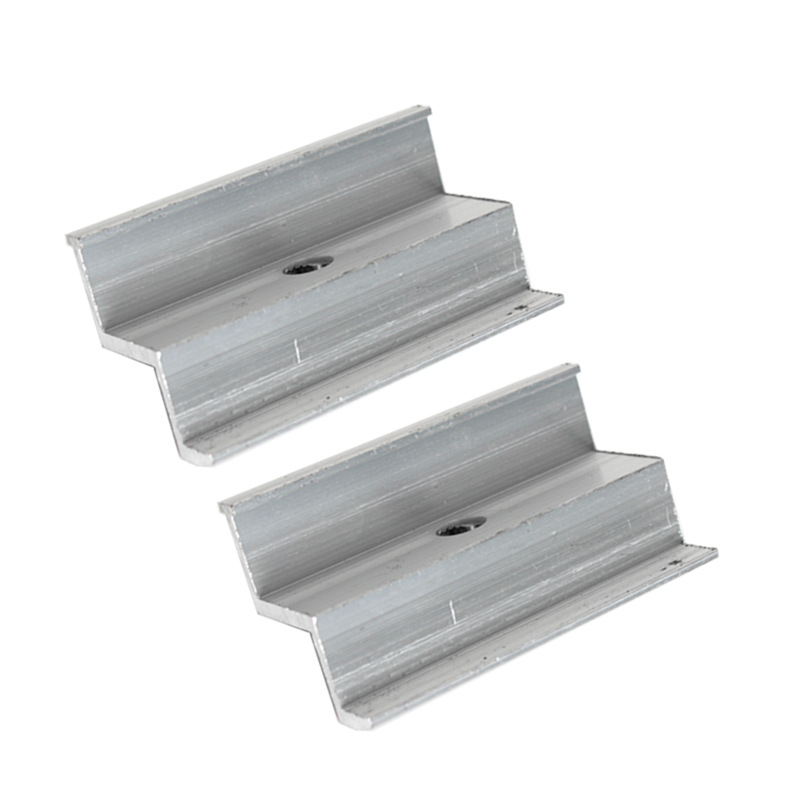

astm f3125 f3125m
Nov . 12, 2024 20:59 Back to list
astm f3125 f3125m
Understanding ASTM F3125/F3125M A Comprehensive Overview
ASTM F3125/F3125M is a standard specification developed by ASTM International that focuses on the requirements for high-strength bolts, screws, and studs pertaining to structural bolting applications in steel, particularly for use in building and bridge construction. This document plays a critical role in ensuring safety, reliability, and performance of structural connections in various engineering contexts.
The Importance of ASTM F3125/F3125M
The primary purpose of ASTM F3125/F3125M is to establish a unified set of standards that governs the mechanical properties, manufacturing procedures, and testing protocols for high-strength fasteners. The adherence to these regulations is pivotal for maintaining structural integrity, ensuring that connections can withstand forces such as tension, compression, and shear without failure.
High-strength bolts are essential components in modern construction practices. They deliver the necessary tension and strength to enable the proper transfer of loads between structural elements. Given their critical role, the specifications outlined in ASTM F3125/F3125M ensure that these fasteners are manufactured to meet stringent quality assurance parameters and can perform as expected under various loading conditions.
Key Components of ASTM F3125/F3125M
The ASTM F3125/F3125M standard is comprehensive, encompassing several key aspects
1. Material Requirements The standard dictates the chemical composition and mechanical properties of the materials used in high-strength fasteners. This includes the tensile strength, yield strength, and elongation at fracture, ensuring that the fasteners can endure the stresses and strains encountered in structural applications.
2. Manufacturing Processes ASTM F3125/F3125M outlines specific manufacturing procedures to ensure consistency and quality. These processes may include cold working, heat treatment, and surface coating treatments, which can enhance corrosion resistance and overall performance.
astm f3125 f3125m

3. Quality Control and Testing To uphold the standard's integrity, rigorous testing methodologies are required to validate the mechanical properties and performance of high-strength bolts. This may involve tensile testing, hardness testing, and various non-destructive testing methods to detect possible flaws.
4. Classification of Bolt Grades The specification categorizes bolts into different grades based on their strength characteristics. Each grade serves distinct applications, with specific strength and ductility requirements. This classification helps engineers and designers select the appropriate fastener for their specific needs.
5. Documentation and Certification Manufacturers are required to provide documentation that verifies compliance with the ASTM F3125/F3125M standard. This includes certification of material properties, and inspection and testing records, ensuring that end-users can trust the integrity of the fasteners they are using.
Applications in the Construction Industry
ASTM F3125/F3125M is integral to various sectors of the construction industry, especially in structural applications like high-rise buildings and bridges. The standard assures that the structural connections made with high-strength bolts can safely resist environmental loads, including wind, seismic activity, and live loads. As structures become taller and larger, the demand for reliable and consistent fastener performance increases exponentially.
Moreover, the standard encourages innovation in construction techniques, allowing the industry to adopt new materials and design methodologies with confidence. By establishing a clear framework for quality and performance, ASTM F3125/F3125M fosters advancements in engineering practices while ensuring public safety.
Conclusion
ASTM F3125/F3125M is a vital resource in the field of structural engineering and construction, providing a comprehensive set of specifications for high-strength bolts and fasteners. Its rigorous criteria for material properties, manufacturing, and testing ensure that structural connections remain safe and effective. As construction projects continue to evolve in complexity and scale, adherence to ASTM F3125/F3125M will remain essential for the ongoing safety and efficacy of built infrastructure. By understanding and utilizing this standard, engineers, architects, and contractors can contribute to the construction of buildings and bridges that stand the test of time, ensuring both the functionality and safety of human-made structures.
Latest news
-
High-Strength Hot Dip Galvanized Bolts - Hebei Longze | Corrosion Resistance, Customization
NewsJul.30,2025
-
Hot Dip Galvanized Bolts-Hebei Longze|Corrosion Resistance&High Strength
NewsJul.30,2025
-
High-Strength Hot-Dip Galvanized Bolts-Hebei Longze|Corrosion Resistance&High Strength
NewsJul.30,2025
-
Hot Dip Galvanized Bolts-Hebei Longze|Corrosion Resistance&High Strength
NewsJul.30,2025
-
Hot Dip Galvanized Bolts - Hebei Longze | Corrosion Resistance, High Strength
NewsJul.30,2025
-
High-Strength Hot Dip Galvanized Bolts-Hebei Longze|Corrosion Resistance, Grade 8.8
NewsJul.30,2025

